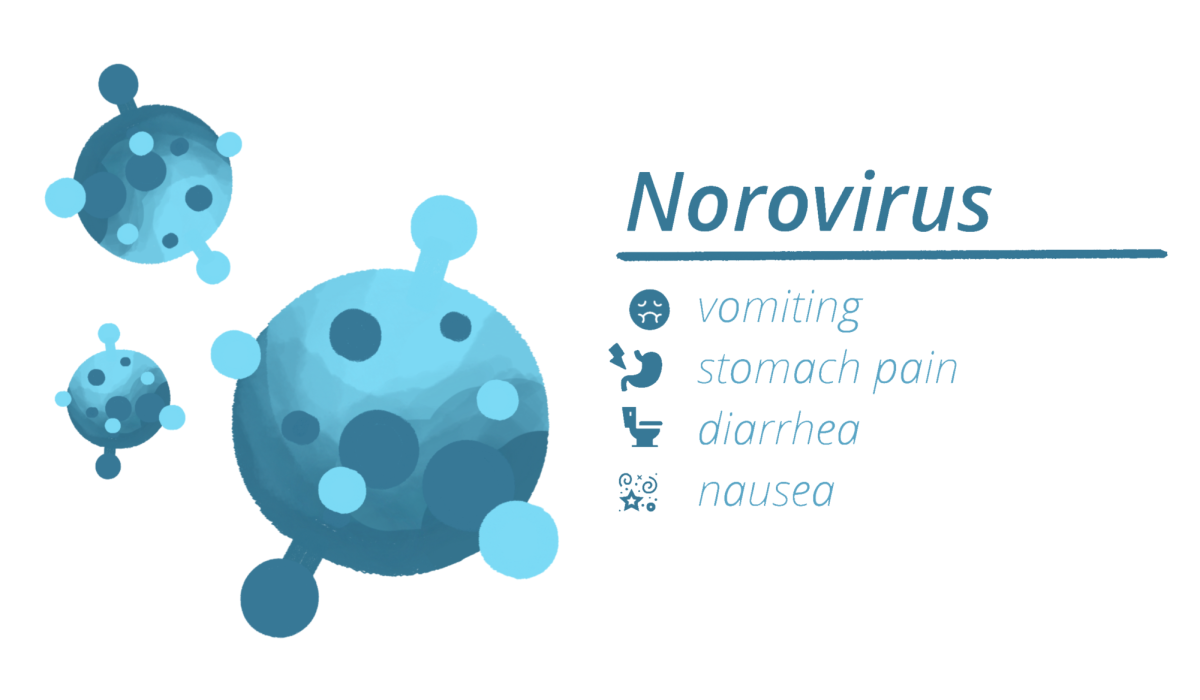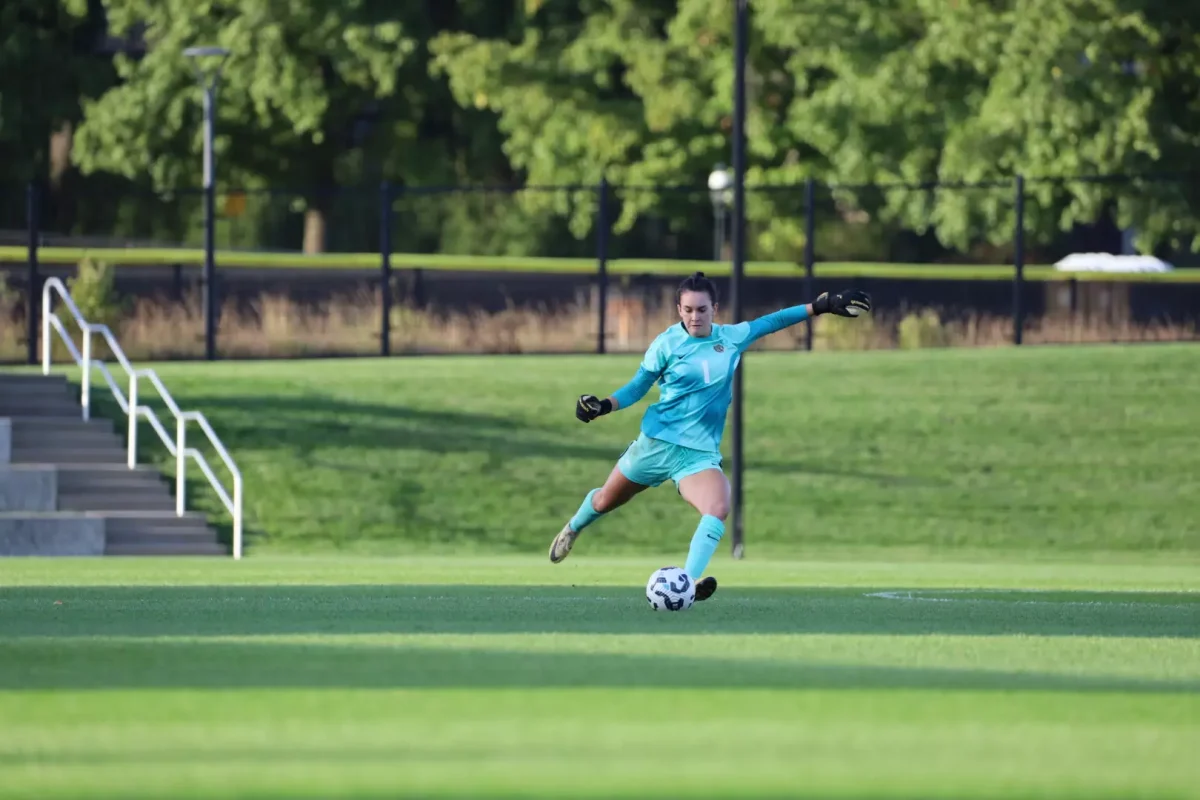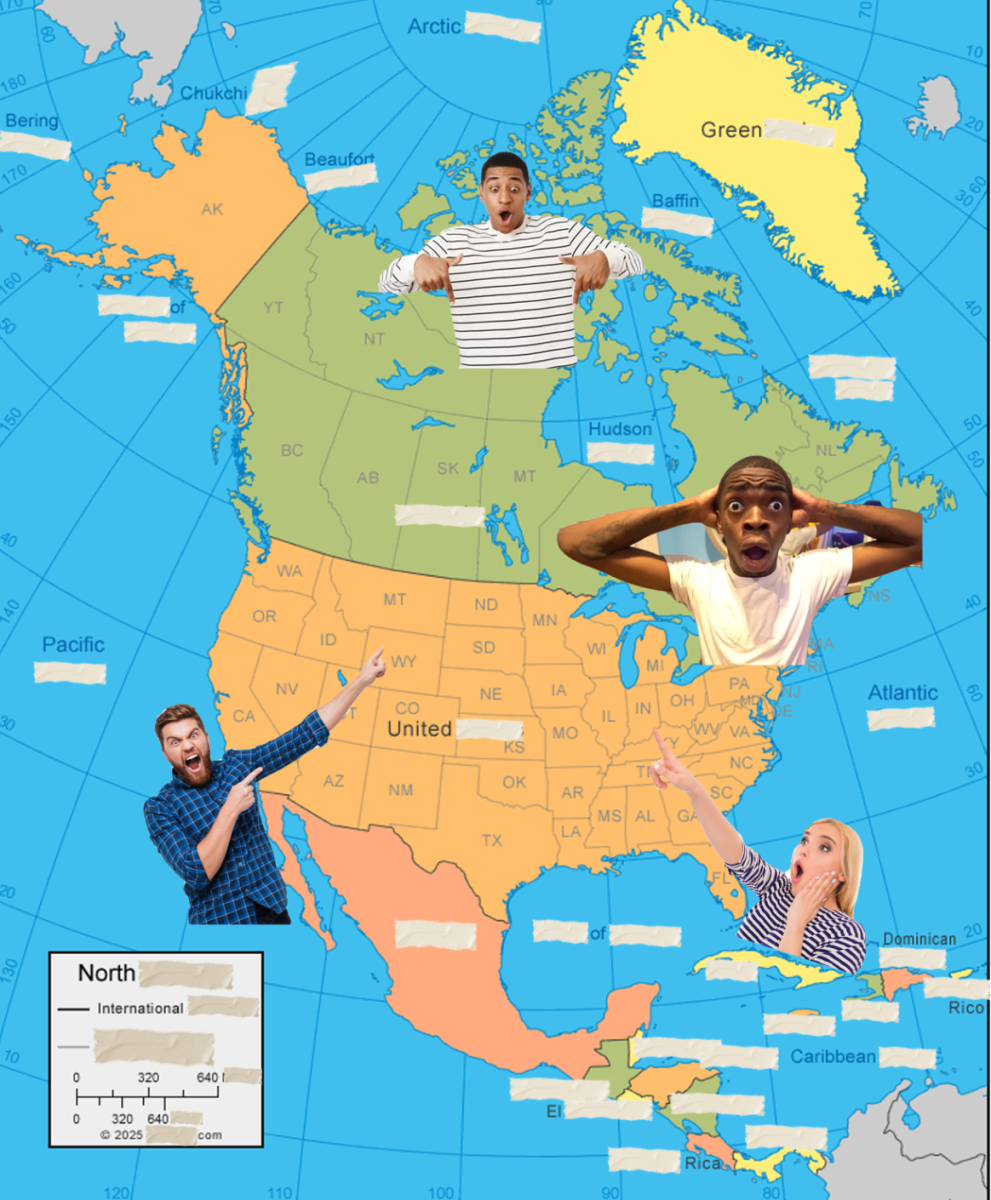For those who could not make the time to get caught up with the Marvel Cinematic Universe, or for those who need a refresher, here is part two of a recap of the highlights from the franchise that are likely to be important for the upcoming 2015 blockbuster “Avengers: Age of Ultron.”
If you don’t want to be spoiled, but you don’t have time to watch all four movies in Phase 2, here are the two that are the most important to see:
“Captain America: Winter Soldier” (2014): Important developments regarding SHIELD, Black Widow, and Cap.
“Guardians of the Galaxy” (2014): Further develops Thanos, introduces concept of Infinity Stones, introduces five new heroes.
Nothing much changes in “Iron Man 3” universe-wise except that Tony Stark more or less renounces his obsession with the Iron Man suit. Though the movie ends with him seeming to have put his superhero life behind him, Robert Downey Jr. still has a few films left on his contract, and Iron Man will definitely return for “Avengers 2.” It also, importantly, reveals that he constantly deals with the psychological trauma that his near-death experiences have had on him, so in “Avengers 2” look for a much less flippant, more world-weary Stark than the fun-loving, impulsive natural leader that was in “Avengers.”
“Thor: The Dark World,” though a mediocre movie, contains incredibly important developments, as Loki appears to have reformed, and forms a really touching bond with his adopted brother Thor. Loki even sacrifices himself to prevent the villain from getting his hands on the Aether, an artifact of unimaginable power which can destroy the universe. However, when a victorious Thor returns to his father, Odin, and tells him of Loki’s sacrifice, he is unaware that the person he believes to be his father is really Loki in disguise, having usurped the throne in the chaos of the film.
In “Captain America: The Winter Soldier,” Captain America teams up with Black Widow to once again battle the evil forces of Hydra — except Hydra is really S.H.I.E.L.D. In a very convoluted plot twist, after the fall of Hydra at the end of the first “Captain America,” they became an illuminati-like secret society that has infiltrated every level of the American government. Captain America fights against the U.S. government for American values, including fighting his former best friend who has been resurrected as the super-powered hit man The Winter Soldier. By the end of the film, Nick Fury has faked his death and S.H.I.E.L.D. has been dissolved. Black Widow still has no compelling backstory or characterization. In “Avengers 2,” the Avengers will likely have to deal with the lack of S.H.I.E.L.D. as a support structure, but the big takeaway of this film is that Hydra may become a meta-antagonist of the whole series, and could have a big impact on “Avengers 2.”
Finally, we reach “Guardians of the Galaxy.” If you haven’t seen it, you should. The story brings together five characters we know nothing of and gives them compelling characterization and a team dynamic that rivals the Avengers, and unlike “The Avengers,” it is all done in one movie. The amount of important information is mind-boggling, but the key concept to come out of “Guardians” is that the Tesseract and the Aether were only two of six Infinity Stones, each of which are artifacts of unimaginable power. Thanos wants to collect them all. A new Infinity Stone, the Orb, is introduced. Thanos has multiple daughters, one who is good and one evil. The universe is expanded to include a few alien worlds, most notably Noveria, home of the galactic army known as the Nova Corps, who will likely figure into a later battle with Thanos.
These are the main plot points you will need to know in order to understand and fully appreciate the upcoming “Avengers: Age of Ultron” in theaters, May 1, 2015. For part one of the Marvel recap in last week’s edition of The Lafayette, go online to lafayettestudentnews.com.























































































































